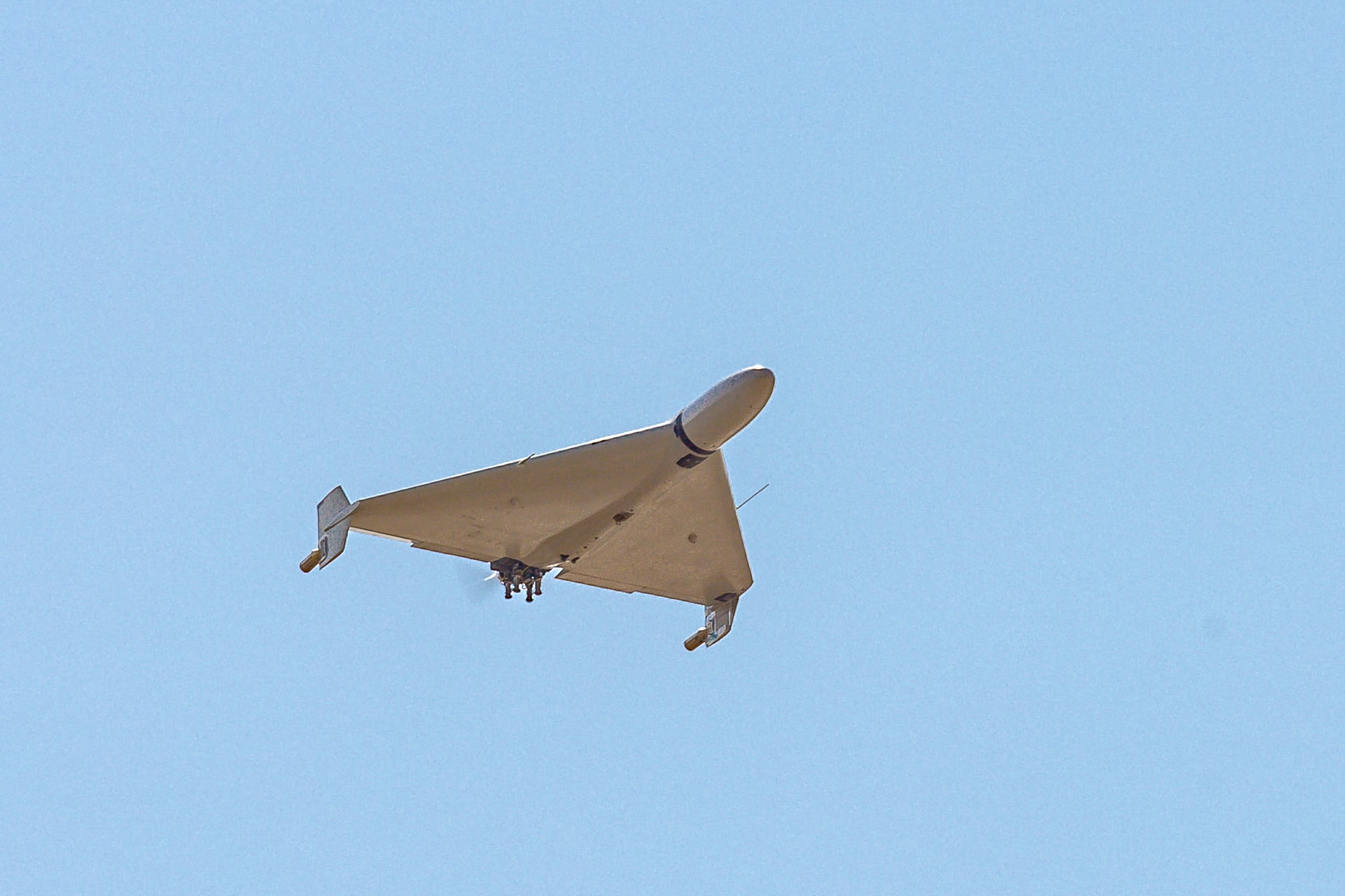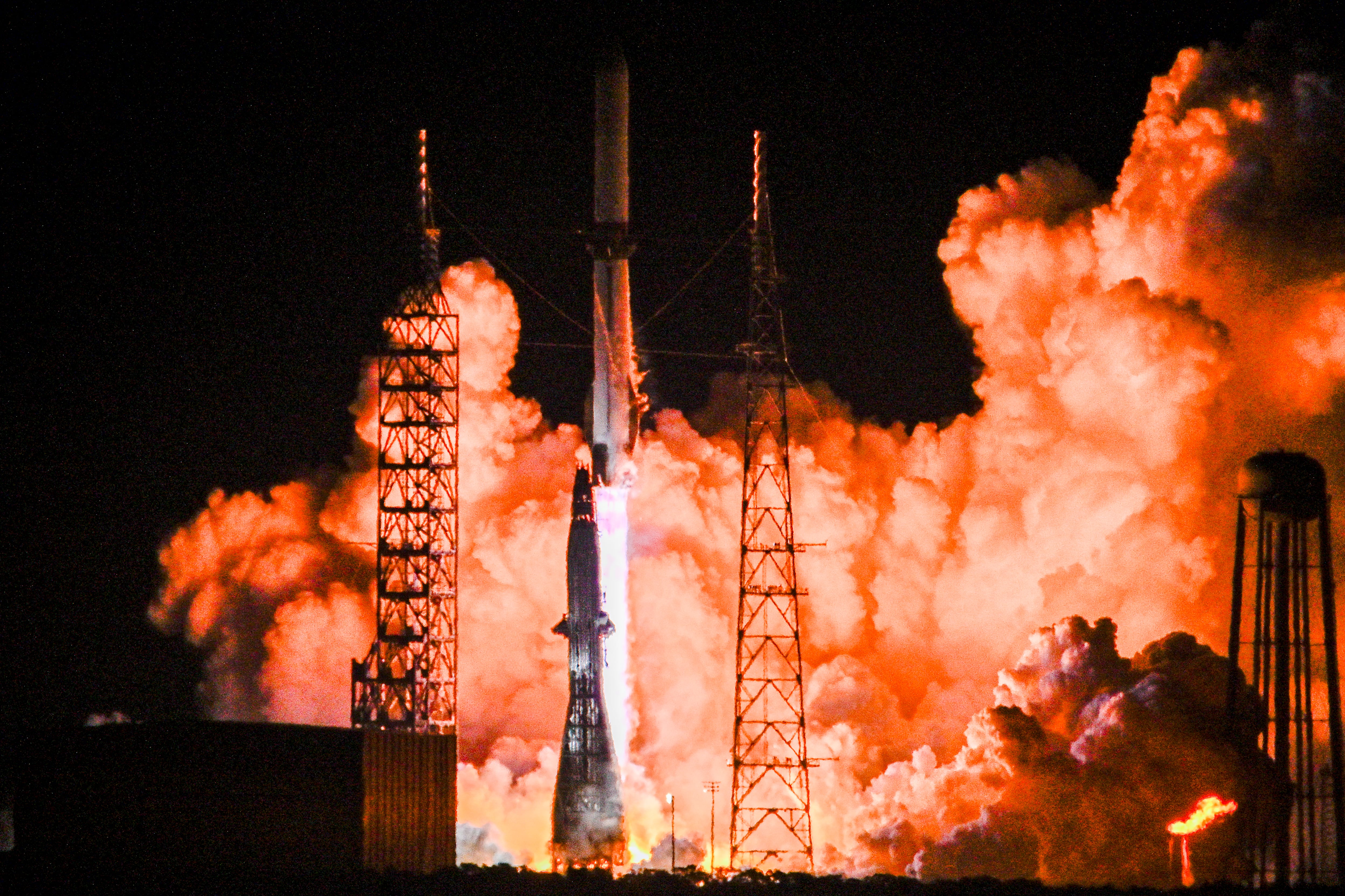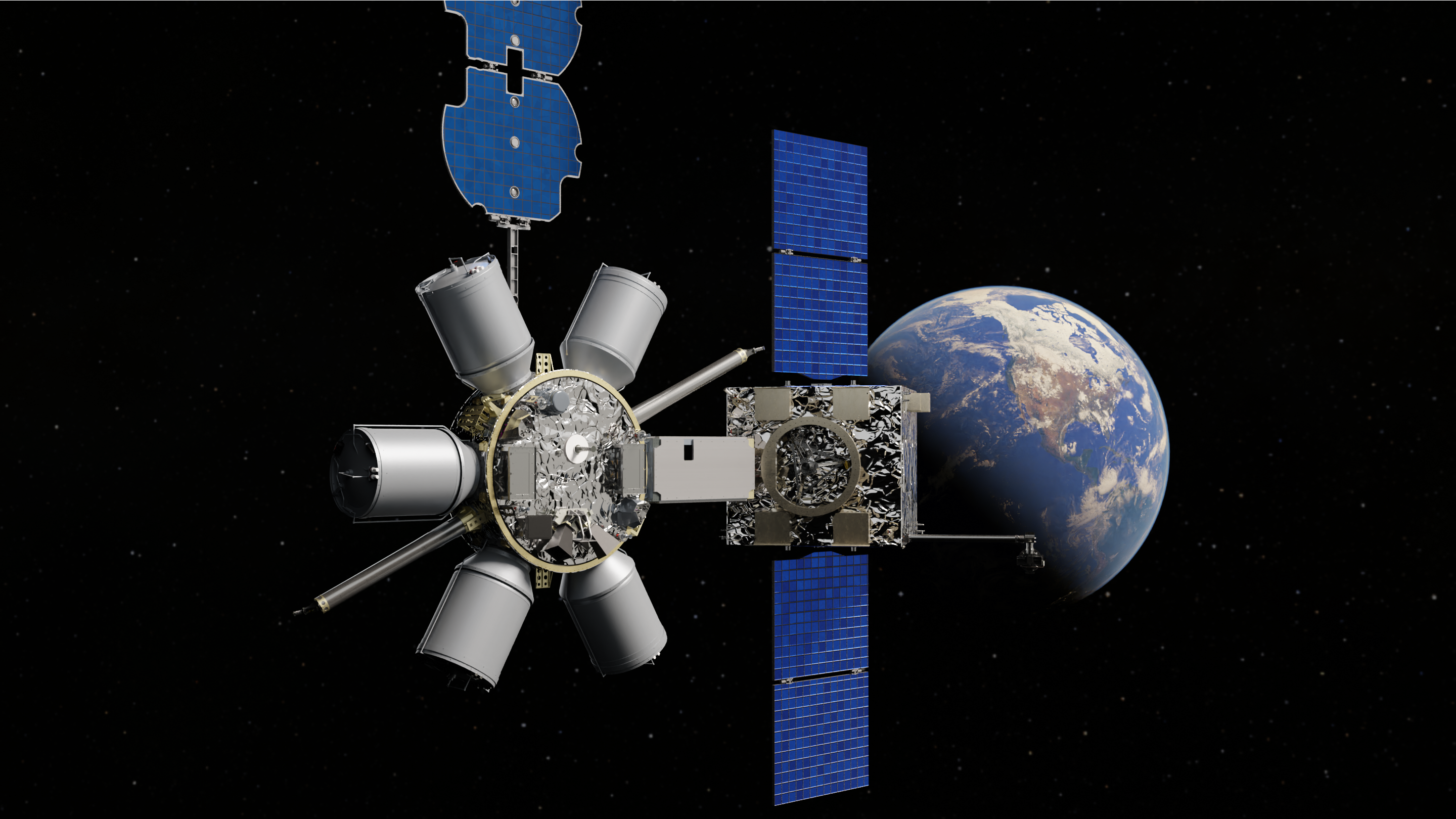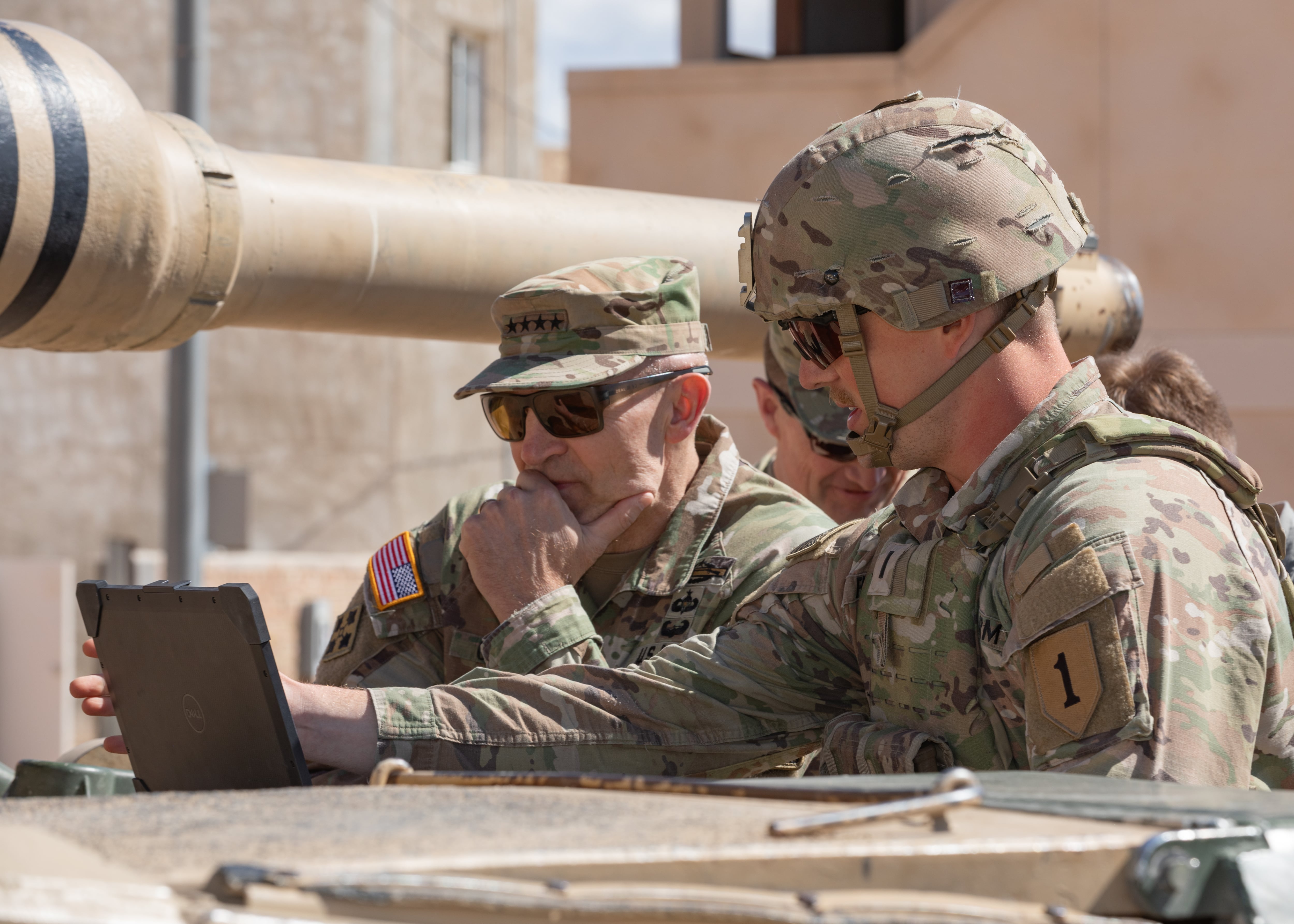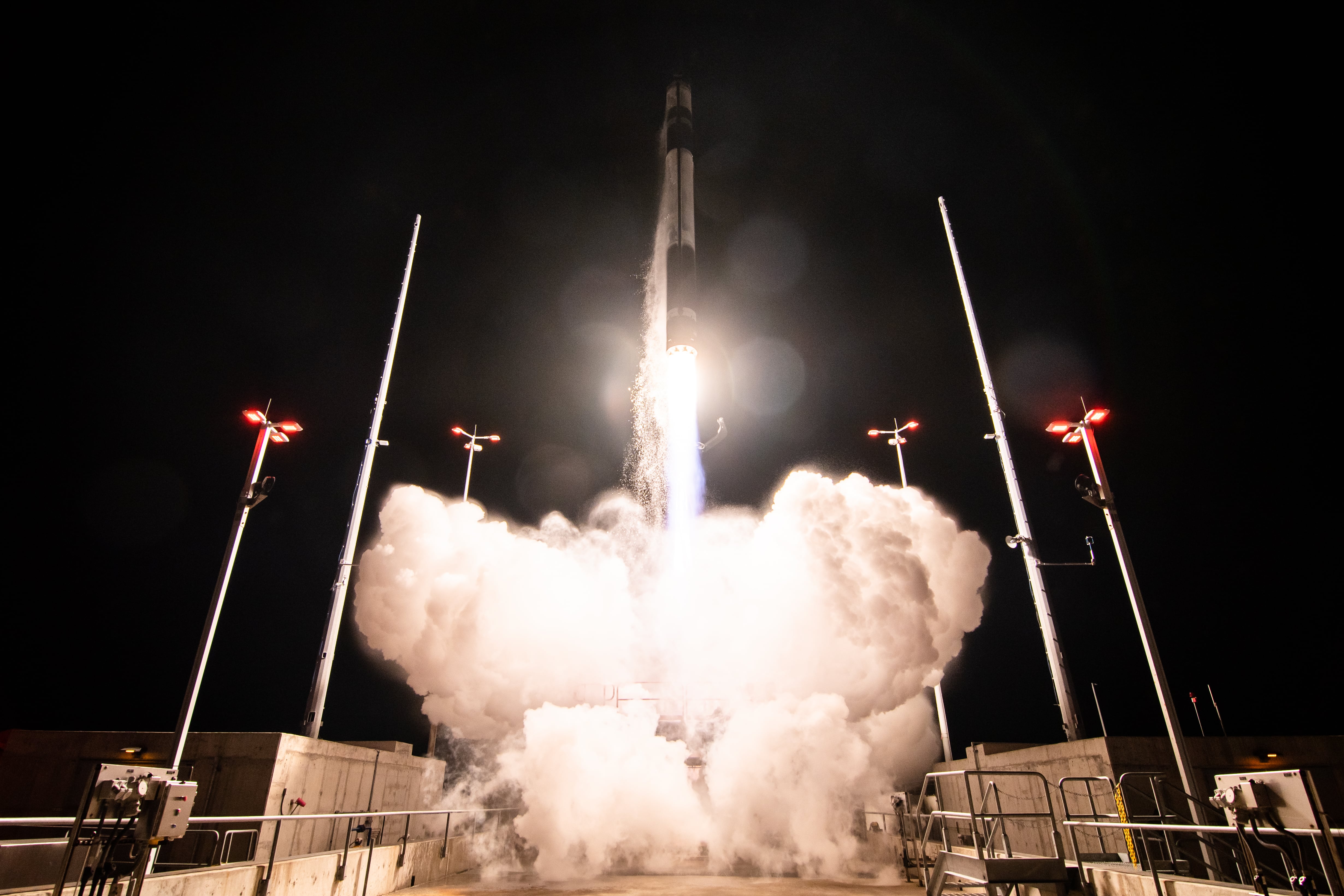The Iranian-made Shahed 131 and 136 one-way attack unmanned aerial systems (UAS), which Russia now domestically produces under license with the designation Geran 1 and 2, respectively, have been major protagonists of Moscow’s strike campaign against Ukrainian critical infrastructure. They also represent a threat across the skies of many countries in the Middle East, from Saudi Arabia to the United Arab Emirates to Israel, over the past few years.
Several of them were used in the September 2019 Iranian-orchestrated attack against Saudi Aramco’s oil terminals in Khurais and Abqaiq, which temporarily knocked out 5% of the world’s oil supply. Shahed-136 drones are also among the Houthis’ weapons of choice to strike commercial vessels transiting in the Red Sea and Hormuz Strait, wreaking havoc on global maritime trade and connectivity.
Their effectiveness in the Ukrainian theater, however, seems on a declining trajectory. In recent months, Ukraine has been improving its counter-drone and low-tier air defense capabilities by expanding its early-warning network of fixed distributed radar, electro-optical and acoustic sensors. The military also has been training new “mobile fire groups” specialized in hunting Shahed and other one-way attack drones, the vast majority of which are shot down.
Aggregate data collected by this author and based on official numbers released by the Ukrainian Air Force indicate that the interception rate of Shahed UAS has steadily increased in the past five months, with an average of 91% since March 2024.
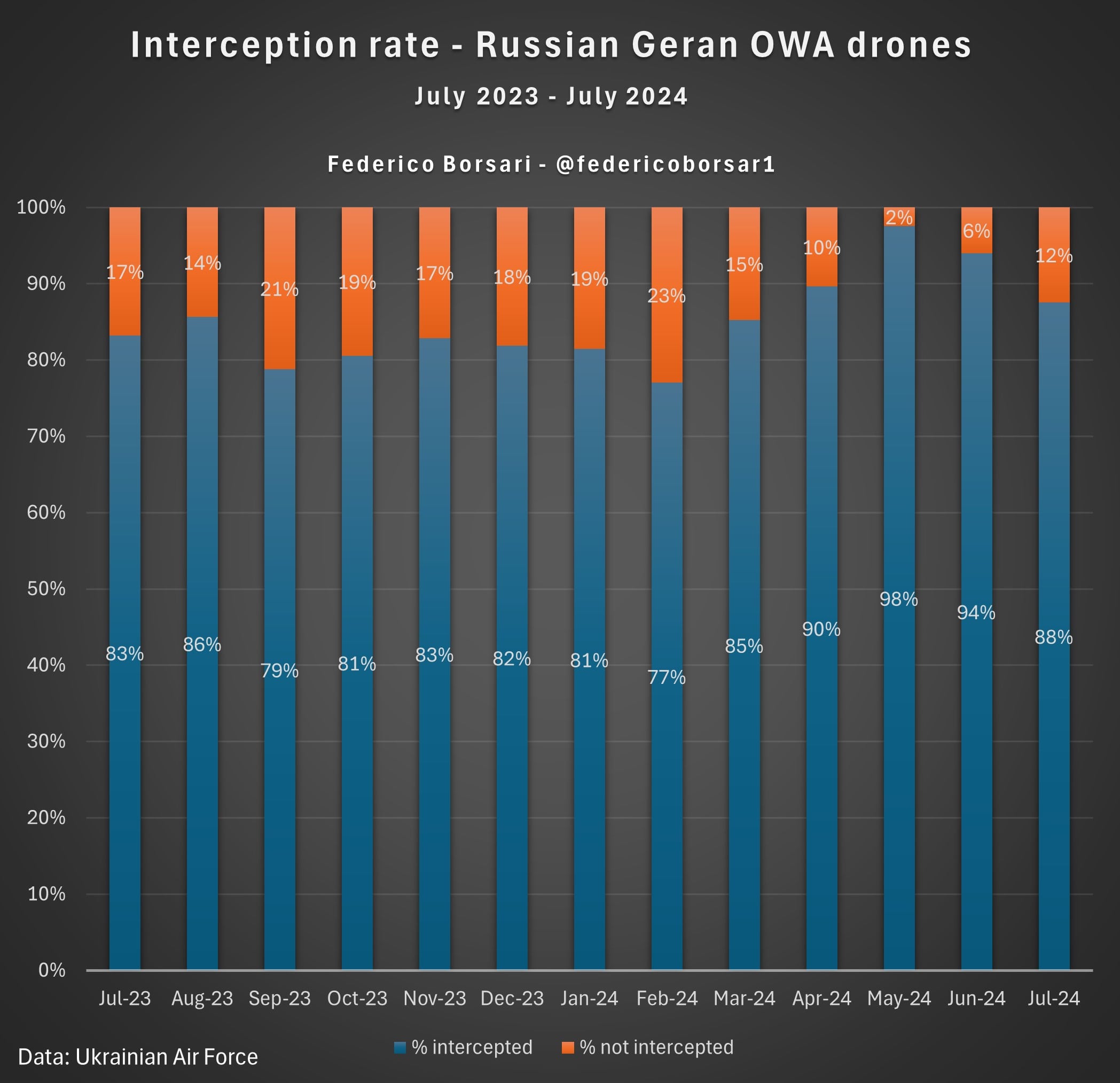
By comparison, the average Shahed interception rate during the previous 6 months was 80%, with the highest figure of 83% recorded in November last year. Ukraine’s growing success against the Shaheds stems from the combination of widespread multispectrum sensor coverage and effective tactics, techniques and procedures. As for hardware, Ukrainian forces have fielded a mix of mobile counter-UAS and short-range air defense capabilities for combine electronic warfare (EW), anti-aircraft guns such as ZU-23-2 and German-made Gepard, shoulder-fired air defense systems such as Stinger and Igla, and cost-effective laser-guided rockets such as the U.S.-provided advanced precision kill weapon system (APKWS).
These operations can also include the use of medium-range air defenses and tactical aviation, thus requiring smooth coordination between ground-based fire teams, brigade command posts and aviation headquarters to deconflict and avoid friendly-fire incidents.
Overall, the Shaheds’ decreasing effectiveness is proportional to the improvement of Ukraine’s C-UAS and short-range air defense (SHORAD) capabilities and demystifies the drone’s overhyped operational impact often pushed across the mainstream debate. In fact, sufficiently dense, layered countermeasures – and the trained personnel required – are perfectly capable of dealing with Shahed and other one-way attack UAS, to the disappointment of “game-changer” theorists and drone-fetishist commentators.
Far from being arcane or expensive, these countermeasures should complement direct attacks against enemy drone teams and infrastructure and consist of cost-effective solutions such as anti-aircraft guns with airburst ammunition, MANPADS, and low-tier guided interceptors, like BAE Systems’ APKWS 70mm laser-guided rocket and Raytheon’s Coyote Block II+ missiles.
Defensive solutions to the threat posed by Shahed and other one-way attack drones are already out there and should be scaled up by NATO allies without hesitation. The only question is whether governments and planners across the alliance decide to invest in scalable low-cost interceptors and short-range air defense capabilities amidst many other defense priorities.
Nevertheless, while Shaheds’ effectiveness is diminishing, it would be a mistake to underestimate the threat these and other one-way attack drones pose. As seen in Ukraine and elsewhere, these systems can be used to reveal the positions of air defense assets, deplete air-defense interceptor stocks, and siphon capability resources that could be used elsewhere, while even a few systems (e.g., 2-3%) that manage to reach their target can provoke serious destruction, especially against critical infrastructure. In addition, the drones’ effectiveness dramatically increases when used as part of saturation attacks combining long-range missiles.
But this problem is hardly an unsolvable one and should be high on the defense agenda of NATO countries.
Federico Borsari is a resident fellow with the Transatlantic Defense and Security Program at the Center for European Policy Analysis (CEPA), where he also leads the Defense Technology Initiative.
